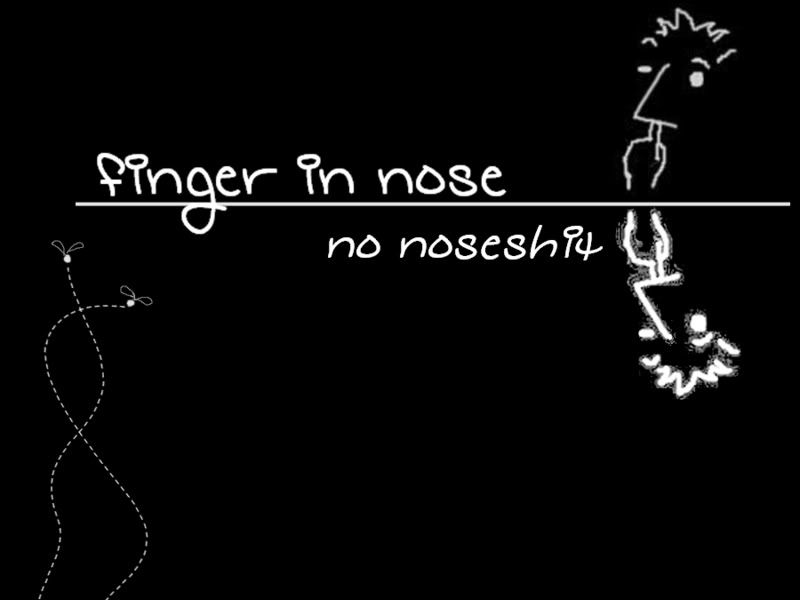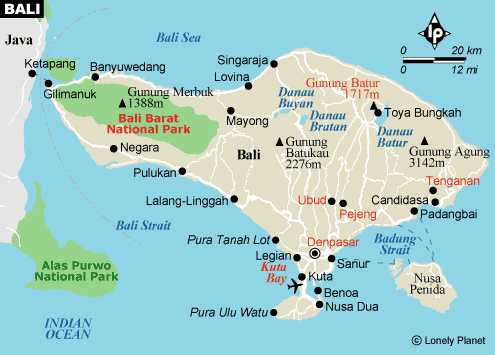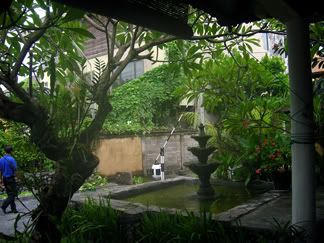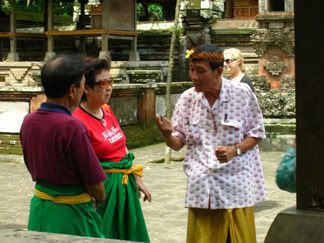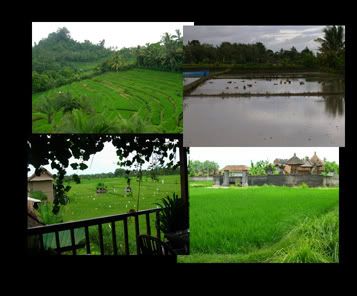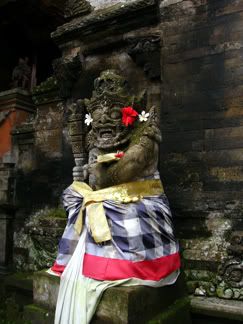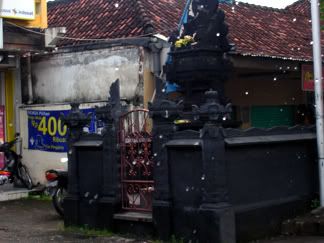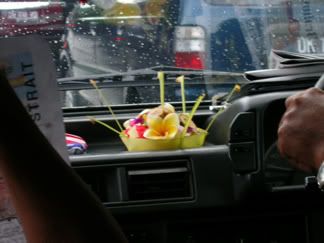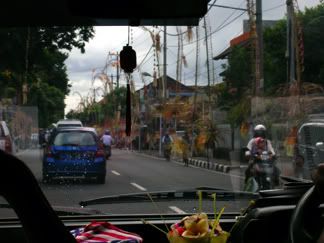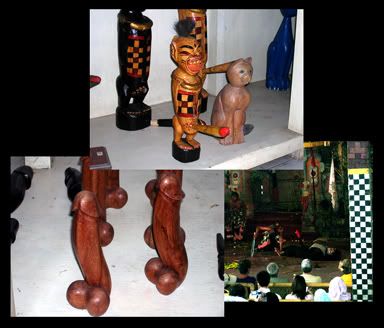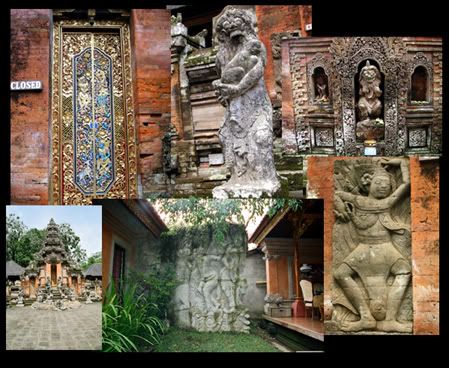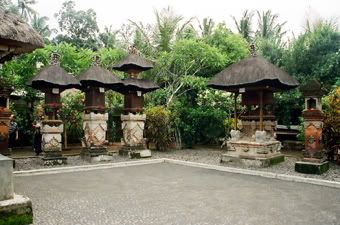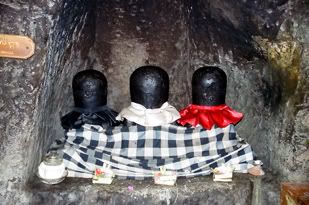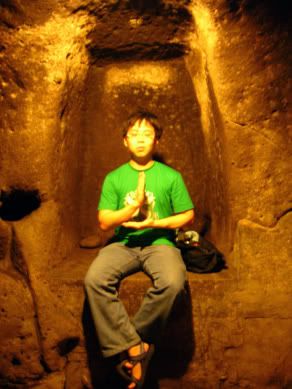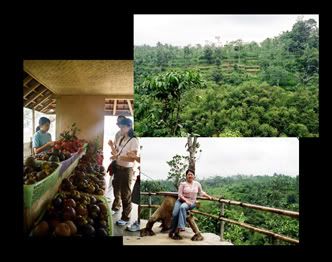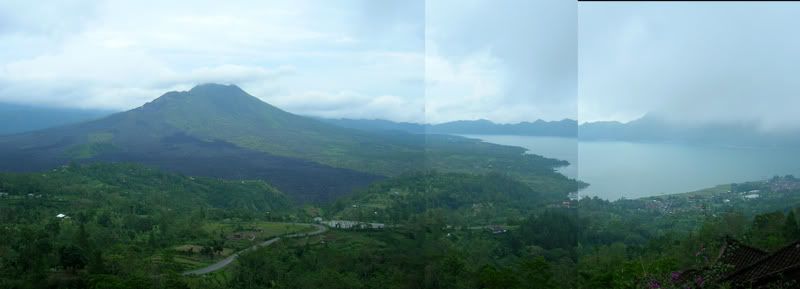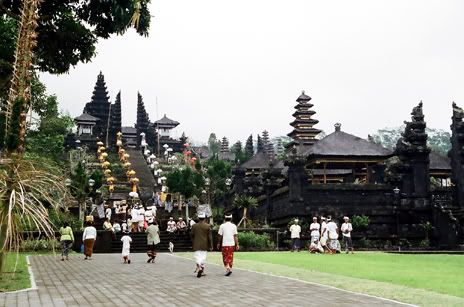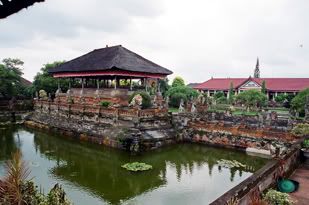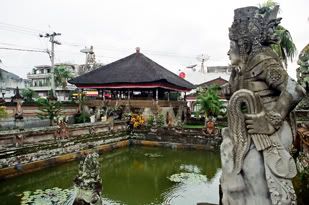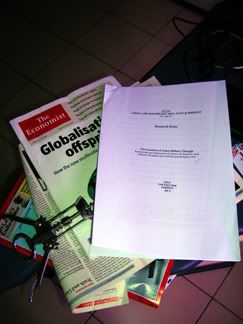Some of you may be wondering about the lack of material being spammed on this blog for a long, long time. For months on end, emptiness has filled this blog, giving the impression that nothing is being generated.
This is not true.
Dring all this time,
nothing is being collected. You see, nothing, while meaning an avsence of anything, and in theory defines the concept of, well, nothing, is still nonetheless a concept. It is there. You can feel it. How else do you acknowledge its existence? Nothing, thus, is something.
There is good empirical proof that nothing exists.
Look inside your heads, everyone.

Undoctored view inside your head.See?
Nothing.
Anyway, the whole point was that the nothingness was intentional. Honest. Nothing was being collected, after all. In all honesty (which I possess in spades, honest) I have been studying nothing for the past months. Hence, nothing has been done in this blog.
So you ask, what great secrets had you, exactly, managed to divulge by studying nothing? Well, it's a pretty long paper, and since I'm planning to use it for my thesis I can't really publish it on a blog, but I guess I can drop and few quotes here and there....
*ahem*
From the introduction:
"However, nothing as a phenomenon must in necessity have roots stemming from root factors, such as causation, and an examination of such roots can possibly reveal the linkages that underline the occurence of the said phenomenon."
From the philosophical mumblings:
"...and thus, nihlism is not a form of nothing, for reasons other than it involves a process where transition occurs. To summarize this succinctly and analogically, nihilism is similar to ( ). It is nothing. Such recognition, obviously, could only be made possible by the existence of something, or anything, else it would be everything. The brackets give the spaces within it meaning. Stretching a certain dead German's conceptualizations, nothing would not be categorical, but instead, hypothetical."
From the part about literature:
"It is possibly the conception that is the greatest narrativve, poetry and drama
at the same time. One must similarly keep in mind the inquiry into pure-nothingness, the sense of emptiness and the emotions of pain swelling in the background, while understanding that such a construction is structurally flawless. Themes of death, love, despair, hope and the imagery of the struggle of the common man is all beautifully crafted into this masterpiece."
From the section on theology:
"It is written that 'the earth was formless and empty' (Y. Elohim, 1). From this, one can infer that gazing into emptiness, or nothing, is like seeing God. And this is without all those millions that George Smoot had to spend."
Hmm. I really shouldn't write anymore, you know. But rest assured that this would indeed make use of multidisciplinary approaches in order to learn more about nothing.
Okay, okay. Back to topic. I will just like to say that all good things must necessarily come to an end (this is not the post to debate that statement), and the beautiful, consumptive nothingness will be interrupted, at least, for a little while.
Cya.
Labels: excuses
